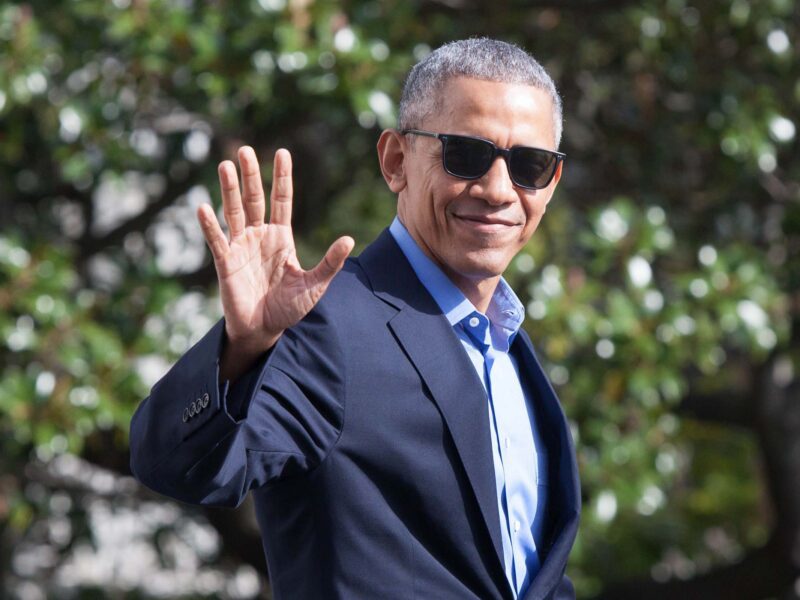
Why is the “Jesusland” graphic trending on Twitter again?
Welcome to Jesusland, the happiest place in the world. Wait, no, wrong one. That’s Disneyland. Which one’s Jesusland then? Are they vaccinating everyone there yet? Are masks mandatory? There has to be a reason why Jesusland is trending on Twitter.
The reason is a little underwhelming: Jesusland is trending on Twitter because that’s what Jesusland does every few years, since the meme’s creation in 2004. More specifically, Jesusland is trending because nothing highlights the political divide across the United States like a presidential election.
We just survived one of those!
In case you were wondering what Gab CEO Andrew Torba wants, take a look. He posted this 3 hours ago. pic.twitter.com/kDotd9waW6
— PatriotTakes 🇺🇸 (@patriottakes) February 23, 2021
WWJL (Where Would Jesus Land?)
If you take a look at the Jesusland meme, you can probably get the gist of what it’s trying to convey. The United States & Canada, rearranged into two territories: red & blue. Depending on how good you are with geography and how up to date you are in politics, you may recognize how the colors align. Blue encompasses the states that generally vote for Democrats (and Canada!) while red demarks states that lean Republican.
Not particularly subtle, right? Well, in case someone misses the point, the blue territories are named The United States of Canada, while the red area is named . . . Jesusland. Basically, the Jesusland map is another reminder of how badly divided the U.S. is when you boil it down to party lines – something elections have been known to do.
The Jesusland map originated, of all places, on an internet message board for fans of the work of video game designer and programmer Jeff Minter. It was November 3rd, 2004 and George W. Bush had just won a presidential election against John Kerry. G. Webb, a poster on the message board, posted the Jesusland map and it instantly became a sensation.

Calm down, NYT
About a month after the Jesusland meme made its debut, The New York Times called it “an instant internet classic.” The Times piece – ominously titled “Neo-Secessionism” – was published on December 12th, 2004, and compared the dissatisfaction regarding Bush’s re-election to the New England states’ secession efforts back in 1814.
The article goes on to quote Paul Lewis, a professor of English at Boston College, who in 2003 had noted the states that voted for previous Democratic candidate Al Gore “are contiguous either to Canada or to other Gore states. In the most peaceful and democratic way, without invoking images of Jefferson Davis and Robert E. Lee, these states need to secede from the Union, reform into provinces and join Canada.”
Yikes. Also, don’t forget about New Mexico, Mr. Lewis. And, of course, the political geography has changed quite a bit since then. Georgia, anyone?

Why now?
Why not? Given how bad it got during the most recent presidential election, it’s surprising it took until the end of February for the Jesusland meme to make an appearance. Needless to say, the map is not an actual call for secession – as if the U.S. could handle that headache on top of everything else – but rather another way the online community seems to be venting their political frustrations.
This round of online Jesusland furor started with a post from Gab CEO Andrew Torba, which was retweeted by Twitter user PatriotTakes. The post was just the Jesusland map, and that was enough to get the internet going, between people who wondered what they were looking at and people who either got it right away or remembered it from last time it was trending.
While a good chunk of the reactions to Jesusland are positive – because, as long as the map is accurate, blues & reds are happy to be in their respective territories – the meme has also caused some grief. Democrats in “Jesusland” feel unappreciated, written off by their own party’s meme. Canada, by the way, is staying out of it, which might be the smartest move.







